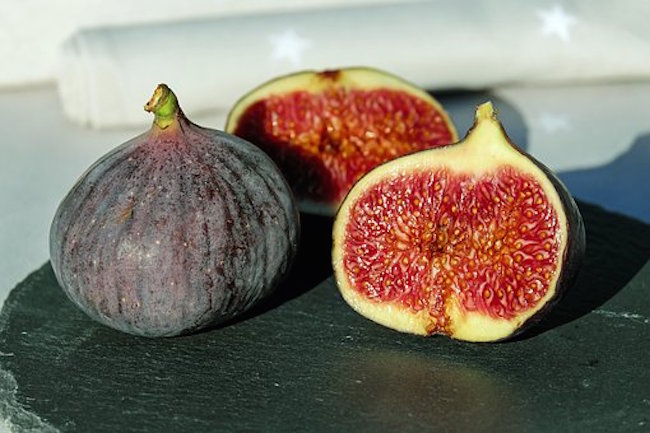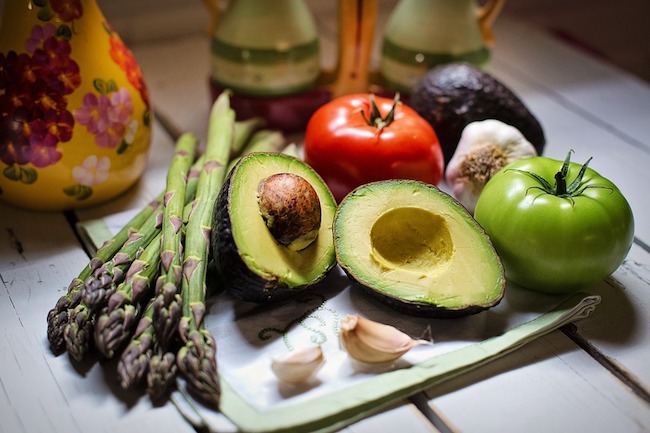Why You Should Never Buy Precut Fruit by Dr. Joseph Mercola for Mercola
Eating more vegetables may be one of the simplest choices you can make to improve your health. Just about any vegetable is good for you, but some are better than others. Some fruits, lower in fructose, are also healthy as they contain high amounts of antioxidants.
In one study1 from the Journal of the American Medical Association, researchers found a suboptimal diet was culpable in developing cardiometabolic diseases.2 Good food identified in the study to reduce the risk of cardiometabolic diseases included fruit, vegetables, nuts and seeds, seafood and red meat.
As I’ve discussed before, overeating fructose in any form may lead to obesity, Type 2 diabetes and cardiovascular disease. However, fruit in moderation is a healthy addition to your diet.
As you choose your fruits and vegetables, keep in mind that whole food is best. Outbreaks of Listeriosis,3 Cyclosporiasis4 and Salmonella5,6 associated with packaged salads, precut vegetable trays and precut melon have been reported by the U.S. Centers for Disease Control and Prevention.
Precut Fruit Raises Your Risk of Foodborne Illnesses
In the summer of 2018,7 the CDC began investigating a multistate outbreak of Salmonella linked to precut melons supplied by Caito Foods in Indianapolis. The outbreak included cantaloupe, watermelon and fruit salad mix. When the outbreak appeared to be over, the CDC reported 77 people had been infected and 36 were hospitalized.8
In what eerily mimicked the 2018 outbreak, Caito Foods was once again at the center of a precut melon recall less than a year later. April 12, 2019, the company announced the recall of fresh-cut melon products.9 According to the CDC10 these included precut watermelon, honeydew melon, cantaloupe and precut fruit medley. The products had been distributed to 16 states and sold under multiple labels.
The investigation began April 2, 2019; 22 days later, 117 people were found to have been infected across 10 states, of which 32 required hospitalization.11 In addition to throwing out the recalled food, the CDC has specific recommendations to clean your refrigerator as the bacteria may spread to drawers or shelves. You’ll find the instructions at cdc.gov/foodsafety/communication/clean-refrigerator-steps.html.
Symptoms of salmonella poisoning, which include stomach cramps, nausea, vomiting, bloody diarrhea and fever, may be experienced 12 to 72 hours after eating a contaminated product and may last four to seven days12 Keith Warriner, a professor of food science at the University of Guelph, talks about the risks precut fruit presents:13
“The problem with processed produce is that much like when you get a scratch on your skin, once it’s been cut, it loses a layer of protection and is exposed to [possible contamination]. Melons, in particular, are an extreme example because their flesh is the best growth medium for salmonella.”
Since melons are grown on the ground, the skin may pick up pathogens. These are easily transferred into the fruit as you cut through the skin. Warriner recommends14 thoroughly scrubbing the skin with a brush under running water before cutting. Either eat the melon immediately or refrigerate it, as Salmonella may double every 30 minutes.
The High Price of Precut Produce
The high price you may pay for precut convenience does not end with potential bacterial contamination. As you may have expected, as it is a convenience item, precut fruit costs more than it does to buy the whole fruit and prepare it at home. According to the Bureau of Labor Statistics,15 in 2017, food was the third largest household expense, behind housing and transportation.
In 2018, Vice16 did a comparison between precut and whole fruits and vegetables. They found that by buying whole and preparing at home, the average person would save $100 each month. For instance, they priced broccoli whole at $2.99 a pound, but the chopped florets were $4.99 a pound, and pineapple was $2.99 a pound but prepared and precut was $4.99 a pound.
One of the largest jumps was red onions, sold whole for 49 cents a pound at Walmart, but diced were $4.00 a pound.17 After factoring the additional cost into your budget, if you still consider purchasing precut fruit (a more nutritious choice than processed junk food), it’s also important to recognize that cutting exposes the flesh to oxygen and light, which increases oxidation and affects vitamin retention.
In an interview with Men’s Health,18 Caroline West Passerrello,19 consulting dietitian and spokesperson for the Academy of Nutrition and Dietetics, pointed out that whole fruits and vegetables also retain their vitamins longer than those exposed to the light. Since much of the water evaporates faster, water soluble vitamins are also at risk.
Cutting fruit increases the respiration rate leading to more active metabolism and faster deterioration.20 Despite being detached from the plant, the fruit remains a living organism after harvest and thus continues respiration, during which carbohydrates are reduced to produce energy.21Higher respiration after cutting may also increase the loss of flavor and nutritive value.22
Another cost to purchasing precut fruit is the plastic it comes in. Much of it ends up in landfills and the ocean. Precut fruit also requires processing, packing and constant refrigeration, requiring a great deal of energy.
Precut, All-Natural Fruit Comes With Additives
Additionally, to keep the fruit from turning brown, it may be dipped in calcium ascorbate23 to preserve color and texture. The chemical was part of the ingredients in NatureSeal,24 a product available for industrial and residential use.
According to the FDA,25 calcium ascorbate has a generally recognized as safe (GRAS) designation and is exempt from the usual food additive tolerance requirements.26 In 2001 the FDA cited NatureSeal for not listing calcium ascorbate on the label. NatureSeals states:27
“Our products are comprised of ingredients that are sulfite-free (GRAS), allergen-free, GMO-free, and Kosher and Halal certified, with some blends certified for use on organic produce.
The NatureSeal line of products are precise blends of vitamins and minerals that maintain the natural texture and color of fresh-cut produce for up to 21 days, without altering the flavor. 30+ different formulations are currently being used by over 500+ processors, across 30 different countries.”
The flawed GRAS system has allowed thousands of food additives to bypass stringent testing as a part of a loophole stemming from the 1958 Food Additives Amendment.28,29 When the law was written it was meant to apply to common food ingredients known through historical use to be safe.
However, the chemicals currently used didn’t exist in the 1950s when the law was written, and countless manufactured ingredients are now slipping through this loophole.




